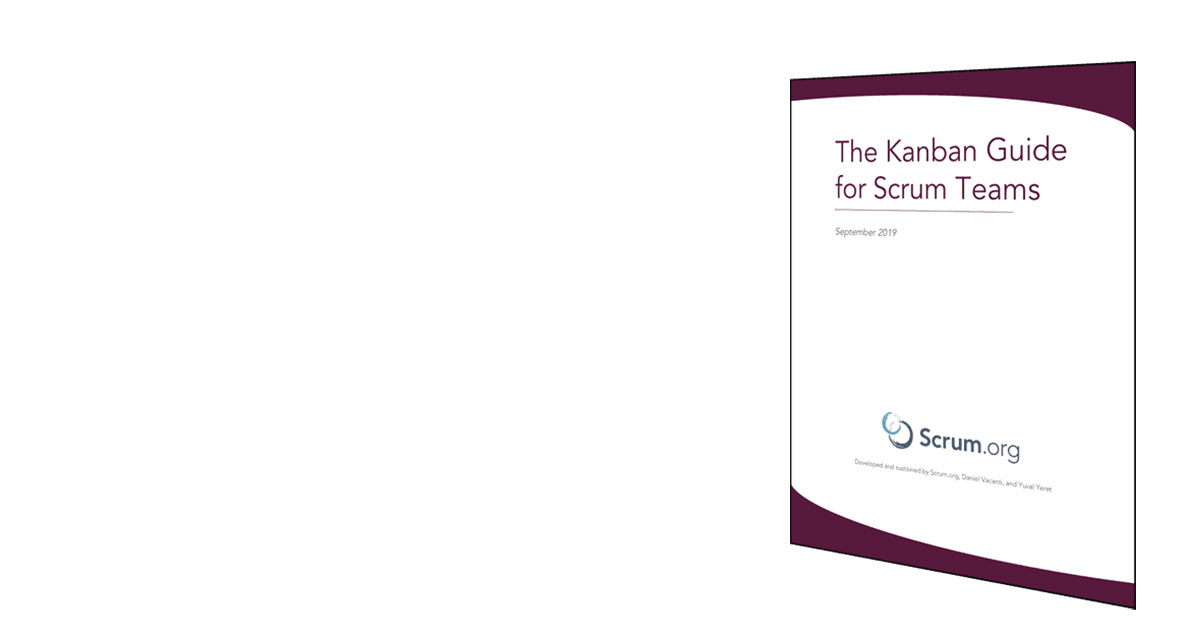
Amusement Park Methods
Sometimes you stumble upon amusement park methods.
Remember the feeling when first going through the gates of a big amusement park? When you get a first glimpse of how vast it is? you see some rides close by and in the distance, you see the tall roller coasters. That’s the feeling I’m talking about.
You start scrolling through the method. Just to understand what’s before you, you want to see how long it gets. You scroll and scroll and it goes on and on, and you start to go faster but it never ends. As Louis and Clark tried to find a path through the Rockies to get to the Pacific, you are making your way through this monstrous method, this fantastic creation.








